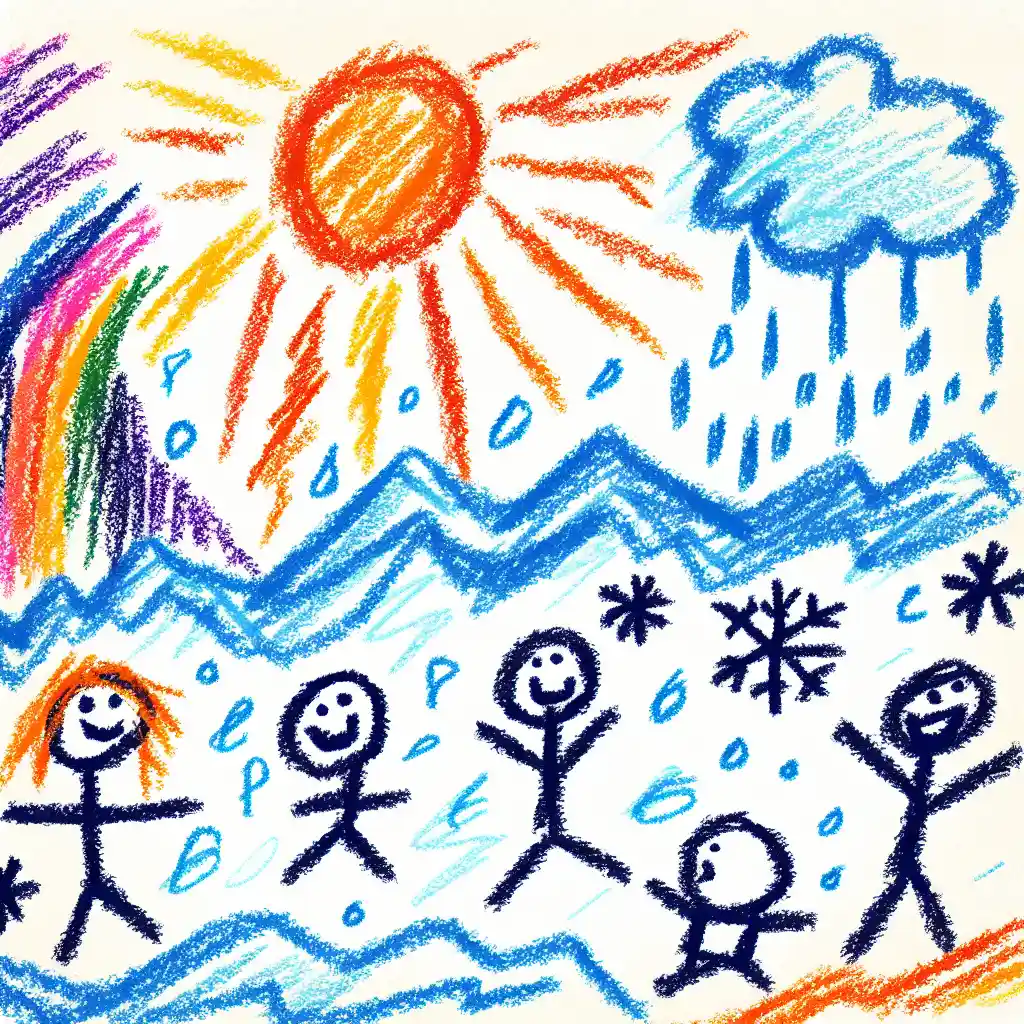How sensitive is Greenland’s ice to a warming world?

Explain Like I'm 5
Imagine Greenland as a giant ice cream cake sitting outdoors during a hot summer day. Now, our world is like that summer day, getting warmer each year because of climate change. Scientists are super curious to know how fast the ice cream (or Greenland’s ice) will melt when it gets warmer. A long time ago, some people built a secret clubhouse called Camp Century inside Greenland's ice to study it and other things. Now, scientists are using what was learned from Camp Century to better understand how quickly Greenland's ice might turn into water and what that means for places like beaches and coastal cities where we love to build sandcastles.
Explain Like I'm 10
Greenland is a massive island covered in ice, and it's super important because it holds a lot of the Earth's frozen water. If all that ice melts, it could make sea levels rise, which means less land for us to live on, grow food, and play. Back in the 1950s, the United States built a research base called Camp Century deep inside the ice of Greenland, not just for science but also as a top-secret military project. They were curious about lots of things, including how the ice behaves.
Now, scientists look at what was learned from Camp Century to figure out how sensitive the ice is to getting warmer. Think of it like figuring out how quickly a popsicle melts in the sun. This helps scientists predict what might happen in the future as our planet heats up, and it's really important for understanding how to protect our homes and wildlife from big changes like flooding.
Explain Like I'm 15
Greenland’s massive ice sheet is like a colossal frozen reservoir, storing about 10% of the world’s freshwater. Its fate is crucial because its melting could significantly contribute to global sea level rise, threatening coastal areas worldwide. In an intriguing twist from the Cold War era, the U.S. Army constructed Camp Century under the guise of scientific research, though it also served military purposes. This site now provides valuable historical data for climate scientists studying ice sheet sensitivity to climate change.
Back in the 1950s and '60s, Camp Century featured cutting-edge technology for its time and conducted various scientific experiments, which now help scientists understand how ice sheets respond to temperature changes. This research is more crucial than ever as the effects of global warming become increasingly apparent. The data from Camp Century, combined with modern observations and models, are helping to paint a clearer picture of what the future holds. Predicting the speed and extent of ice loss can inform global strategies for mitigation and adaptation to rising sea levels.
This situation underscores the broader implications of climate research, where historical data intertwine with contemporary studies to guide policy and preparedness strategies. As we continue to witness the impacts of climate change, understanding the sensitivity of ice sheets like Greenland's becomes not just a scientific priority but a necessity for planning our global future.
Want to read the original story?
View Original Source